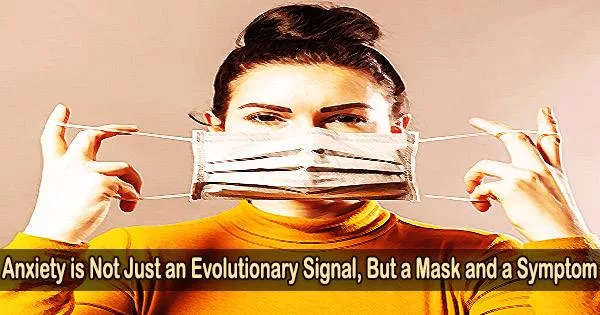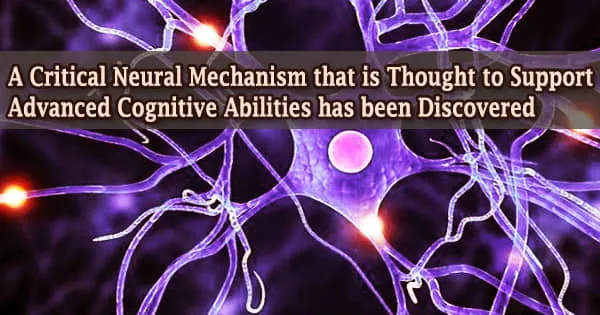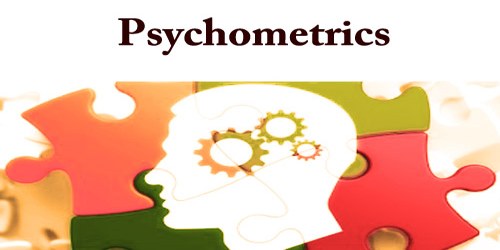Anxiety is a natural human response to stress or potential threats. It is a feeling of fear, worry, or unease about future events. Occasional anxiety can be a normal part of life and can even be helpful in certain situations, as it can heighten our alertness and help us respond to challenges effectively.
Anxiety disorders are on the rise. The number of people seeking treatment for mild to severe anxiety has significantly increased as a result of COVID. The focus of current mental health theory and therapy is on curing anxiety, which is more popularly, but mistakenly, called fear or stress. The impacts of worry frequently render a patient helpless or result in some level of bodily and psychological anguish.
People in developed nations find it more and more difficult to cope with, accept, comprehend, or integrate challenging emotions and mood states. We live in a world that values instant gratification, and we frequently turn to self-destructive practices like substance abuse, pornography, and excessive consumption in an effort to find solace. The point is that anxiety is to be rid of or avoided.
Treatment options for anxiety may include psychotherapy, medication, or a combination of both, depending on the severity and specific type of anxiety disorder.
Psychologist Tracy Dennis-Tiwary countered the negative associations anxiety has received for the last six-plus decades, since the decline of psychoanalytic thinking began in the late 1960s.
“We’ve convinced people that anxiety is a dangerous affliction and the solution is to eliminate it, as we do with other diseases.” Denniss-Tiwary wrote in a recent article in the Wall Street Journal. “The problem is that we don’t understand how to respond constructively to anxiety.”
Through the prism of evolution, Dennis-Tiwary explores worry as a reaction to uncertainty and a signal for action, or at the very least, survival. An organic emotion like anxiety calls for a plan of action. Another helpful tool for figuring out what makes us tick is anxiety. It serves as a map, mask, and symptom for the levels of the unconscious that call for a deeper comprehension of the signals it delivers.
Anxiety is viewed by psychodynamic theory, which focuses on the unconscious mind, as a message that directs the therapy process into a patient’s inner existence. “What meaning does anxiety have?” and “Why has the individual employed its use?” are usual curiosities for the therapist.
Cognitive awareness, acceptance, and practical anxiety-reduction techniques are beneficial and useful. However, these methods mostly reduce anxiety to a wholly physiological reaction to stress or dread around a circumstance that is coming up or that is already happening.
We’ve convinced people that anxiety is a dangerous affliction and the solution is to eliminate it, as we do with other diseases. The problem is that we don’t understand how to respond constructively to anxiety.
Psychologist Tracy Dennis-Tiwary
For instance, a person who is terrified to fly for fear of the plane crashing to the ground perceives and makes a judgment (a cognitive function) that planes have serious malfunctions from time to time.
The therapist who adopts a psychodynamic approach views a patient’s dread of flying as nothing more than the overt or obvious expression of their anguish. Aircraft serve as access points for anxiety, which serves as the physical manifestation of a deeper mental process.
Perhaps the individual fears success, or feels guilty for outdoing other family members. Feeling afraid of something external, like a plane is often more comfortable than feeling competitive, angry or desirous.
Cognition tells us that, “yes, something bad can happen,” the plane can have a malfunction. Analysis reveals that we have only recently started to comprehend the significance and function of anxiety in a person’s life; it is not merely a normal and evolutionary aspect of being human or only connected to recent or upcoming experiences.
There are many types of anxiety and theories about it. Reducing it to a solely cognitive function diminishes its breadth to guide our inner world and unconscious process.
Those who maintained a clinical curiosity but generally shook their heads in disbelief were proven to be correct as the mental health profession searched for the gene that caused eating disorders for many years. There is no gene that “causes” eating disorders.
The research on identical twins who were split up at birth and later acquired anorexia did so as a result of a genetically passed medical ailment with anorexia as one of its symptoms, not as a result of a psychological refusal to eat out of fear of gaining weight.
We now see eating disorders as complex. Studies over the recent decades have found a potential for a genetic influence on anxiety and depression, which stacks the deck, along with other psychological and relational factors, for someone to develop an eating disorder. But keeping an open-door policy regarding the etiology of depression and anxiety is a tenet of analysis; psychological distress is multi-determined.
Anxiety is a biological condition that is closely related to eating problems. Eating disorders are symptoms, just like anxiety: they alert the person to pay attention to psychological problems and sensations that are seeking to express themselves, while also concealing the truth or what is behind, on the one hand. Anxiety and eating disorders are gatekeepers, masks, and adaptations.
Antidepressants with specific anxiety-reducing qualities are frequently administered to people with eating disorders. However, these drugs focus on the anxiety and depression that frequently co-occur with eating disorders rather than the eating disorder itself.
The buck does not stop there.
Most evidence-based treatments, including CBT, DBT, and ACT, treat anxiety as a root cause of many mental health ailments. DBT and ACT, in particular, encourage people to accept their thoughts and all emotions rather than denying them or feeling guilty for them. CBT works primarily to shift cognition out with the bad and in with the new, and to promote behavioral change.
What ticks below?
An knowledge that is missing from psychological literature is added by elevating anxiety to a higher plane as a component of human nature and a warning indicator. The language of analysis continues to be comprehending the vagaries of anxiety and its multiple roles.
Other motivational factors prevail; in this regard, anxiety is merely the messenger. The idea that anxiety and temperament are inherited, like the fixed and genetically predetermined color of one’s eyes, is challenged by the possibility that anxiety is an adaptation, like temperament.
Most analysts agree that anxiety and temperament can be “handed down” through learning, a cognitive function. Children learn and observe how parents act and behave in simple and sophisticated ways, much like how to wash their teeth.
The best way to treat an eating disorder when using a psychodynamic approach is to see it as a metaphor or symbol that reflects the person’s life and relationships. This viewpoint views anxiety, like eating disorders itself, as the expression of people’s attempts to deal with complex psychological situations.
Beyond the outward manifestations of food and body-related illnesses, eating disorders like anorexia, bulimia, compulsive eating, and accompanying anxiety may be the primary or sole indications of conflict. Although eating disorders can reduce anxiety, the feeling soon returns, reminding the person that worry can be trying to convey a deeper meaning or a sign that something else needs their attention.
Humans are hard-wired to feel anxiety; we need to be careful when crossing the street. However, not seeing the complexity and the richness of anxiety and its other uses is a disservice; anxiety is a guide toward our inner world and true motivations and feelings.
Knowledge is power, and the kind of knowledge that promotes healthy self-care, authenticity, and leadership is knowledge driven by actually understanding what powers the bus. When anxiety is really accepted and understood much beyond its evolutionary function, it can aid decision-making in many different contexts.
















